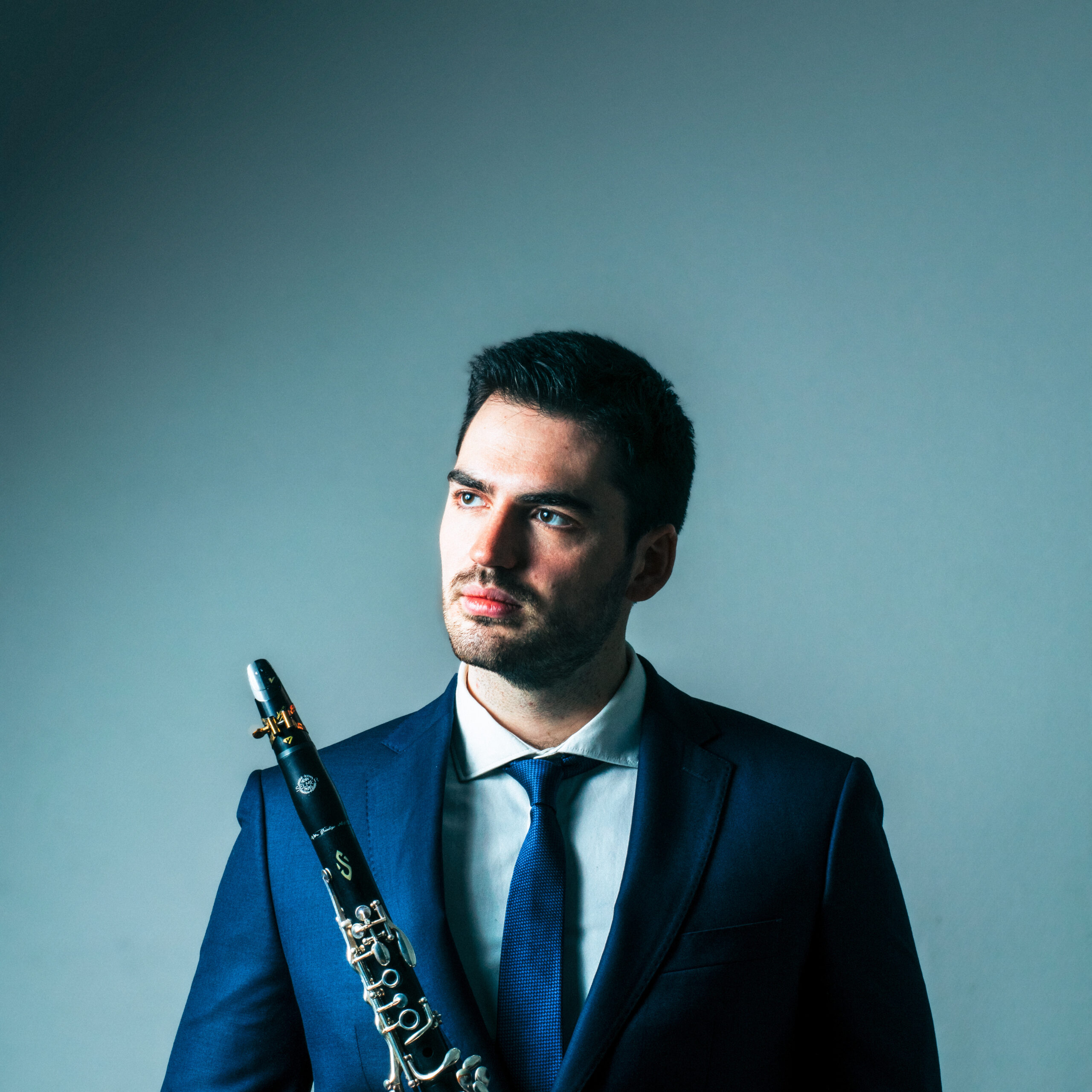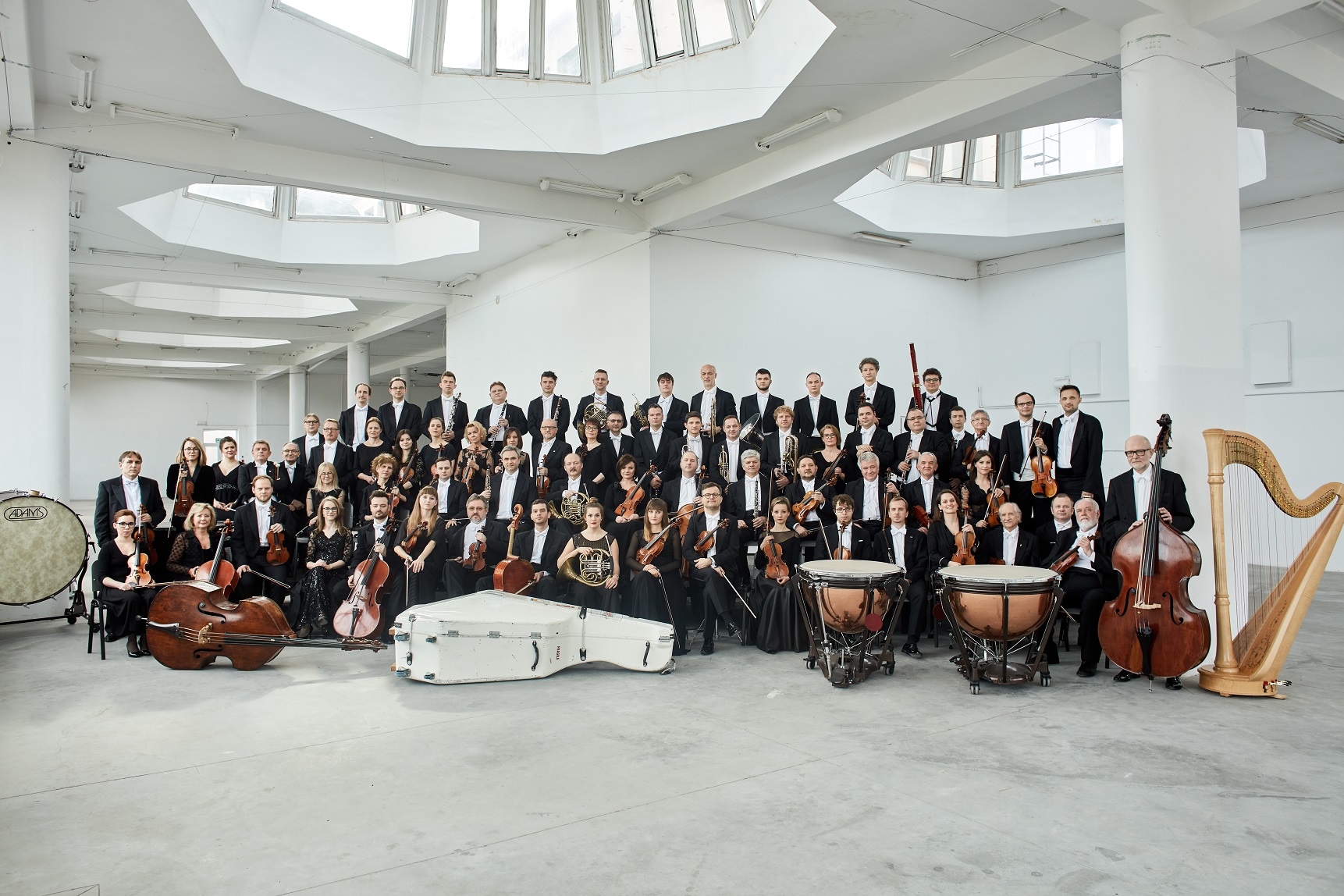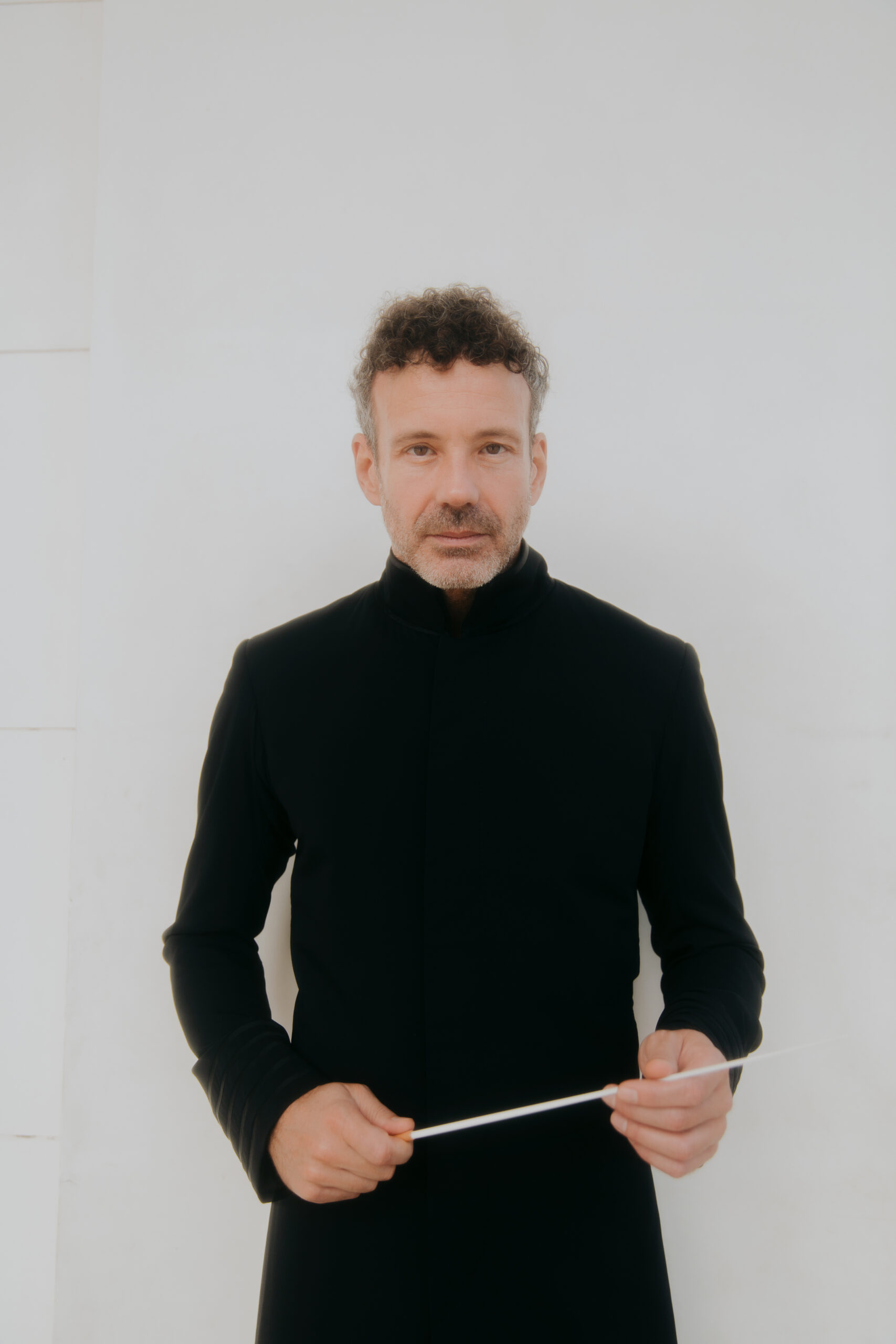Performers
- Raphaël Sévère clarinet
- Sinfonia Varsovia
- Aleksandar Marković conductor
Programme
Ottorino Respighi Symphonic Poem Fountains of Rome (Fontane di Roma), P.106 [15’]
I. The Fountain of Valle Giulia at Dawn (La fontana di Valle Giulia all’alba)
II. The Triton Fountain in the Morning (La Fontana del Tritone al mattino)
III. The Trevi Fountain at Noon (La Fontana di Trevi al meriggio)
IV. The Villa Medici Fountain at Sunset (La fontana di Villa Medici al tramonto)
Aaron Copland Clarinet Concerto [18’]
I. Slowly and expressively
II. Rather fast
Zoltán Kodály Dances of Galánta [16’]
Concert description
Allora, clarinetto!
Wind instruments are some of the oldest musical sound sources. They were originally created from hollow sticks or animal bones. The history of the clarinet as we know it today dates back to the early 18th century. Today it is a virtuoso instrument with exceptional expressive capabilities. These qualities fit perfectly with the character of Aaron Copland’s Clarinet Concerto, in which the deep “bittersweet lyricism” of the first movement contrasts with the jazzy elements and whimsical showiness of the second.
The sound of woodwind instruments is soothing and loud, close to nature and the timbre of the human voice – no surprise, then, that it is to them that composers from classicism to the present often entrusted the conducting of cantilenas and dialogues in their orchestral works. Such is the case in the first movement of Fountains of Rome, where Ottorino Respighi, with the voices of flutes, oboes and clarinets, presents an idyllic image of sheep being led out to pastures damp with morning dew. Or in Zoltán Kodály’s work, where the wind parts intone fragments of folk melodies from Galanta.
– Karolina Dąbek (pisanezesluchu.pl)






